Home>Articles>How Do You Rice Cauliflower Without A Food Processor
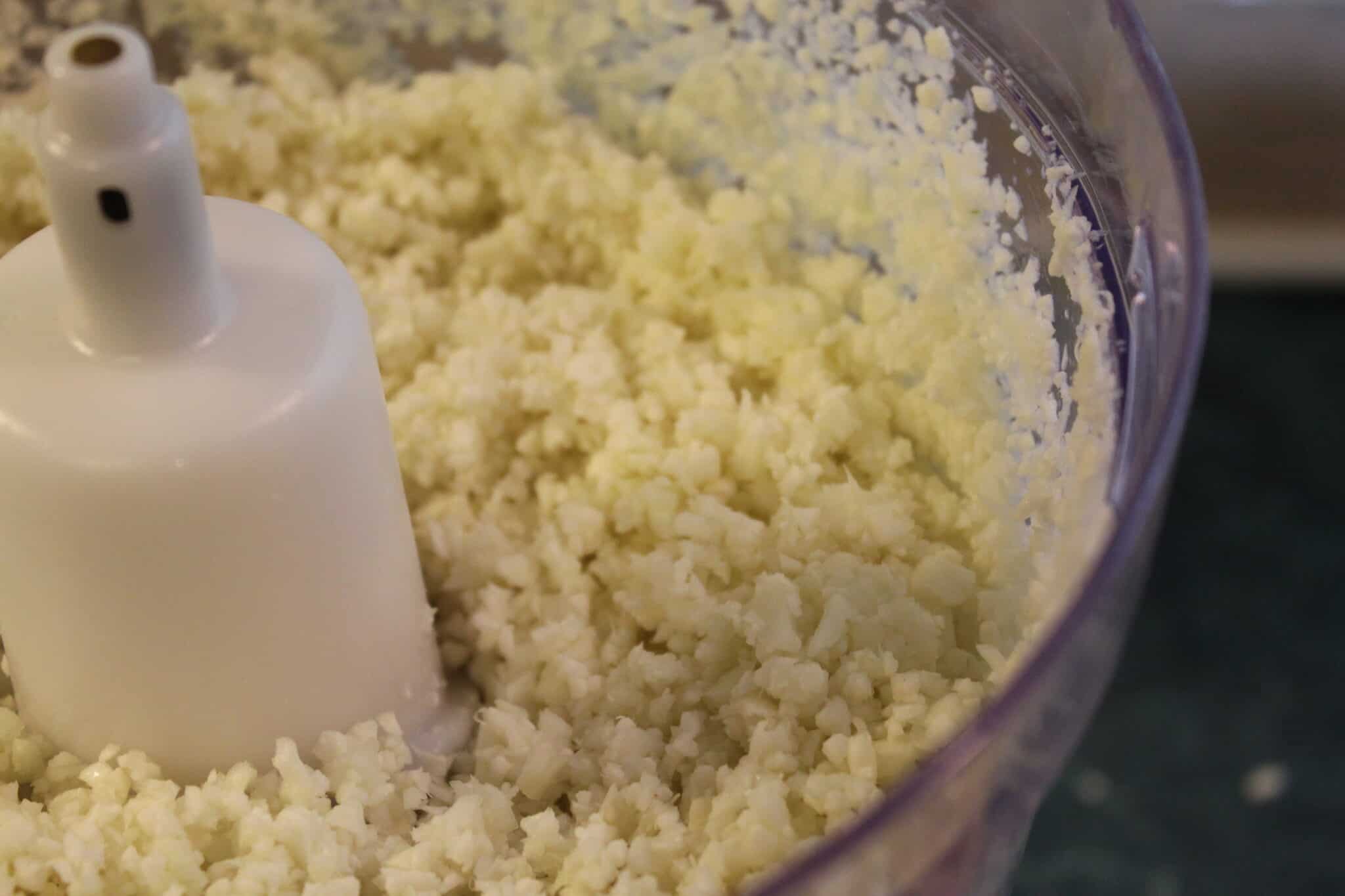

Articles
How Do You Rice Cauliflower Without A Food Processor
Modified: February 20, 2024
Discover how to rice cauliflower without a food processor in this informative article. Explore step-by-step instructions and alternative methods.
(Many of the links in this article redirect to a specific reviewed product. Your purchase of these products through affiliate links helps to generate commission for Storables.com, at no extra cost. Learn more)
Introduction
Ricing cauliflower has become increasingly popular as a low-carb alternative to rice in various dishes. This technique involves breaking down cauliflower florets into small, rice-like pieces. While a food processor is commonly used for this task, not everyone has access to one. However, fear not! There are several alternative methods to rice cauliflower without a food processor.
In this article, we will explore four different methods that can be used to rice cauliflower without the need for a food processor. These methods are accessible to everyone, regardless of whether you have a well-equipped kitchen or are working with limited resources. So, let’s dive in and discover how you can rice cauliflower using simple kitchen tools you likely already have!
Next, we will explore four effective methods for ricing cauliflower without a food processor. Whether you want to make cauliflower rice for a stir-fry, to use as a base for a low-carb pizza crust, or simply to incorporate into your favorite recipes, these methods will get the job done with ease.
So, let’s get started and explore each method in detail!
Key Takeaways:
- Ricing cauliflower without a food processor is achievable using simple kitchen tools like a box grater, blender, potato masher, or knife. Get creative and enjoy the process of preparing healthy and flavorful cauliflower rice by hand!
- Experiment with alternative methods to rice cauliflower and discover which one suits your cooking style and preferences. Embrace the satisfaction of creating a low-carb, versatile ingredient without the need for a food processor.
Methods for Ricing Cauliflower without a Food Processor
If you don’t have a food processor, don’t worry! There are several alternative methods you can use to rice cauliflower and achieve that desired rice-like texture. Let’s explore four effective methods that require simple kitchen tools.
1. Grate with a Box Grater: This method involves using a box grater to grate the cauliflower florets into rice-like pieces. Start by removing the tough stem and leaves from the cauliflower, leaving only the florets. Take a box grater and choose the smaller grating side. Hold the cauliflower florets against the grater and move it up and down to grate them. Be careful of your fingers and use a gentle motion to avoid grating your skin. Continue grating until you’ve processed all the florets.
2. Pulse in a Blender or Food Chopper: If you have a blender or food chopper, you can use them to achieve the desired cauliflower rice texture. Start by cutting the cauliflower into smaller florets to make the processing easier. Place a portion of the florets into the blender or food chopper and pulse it in short bursts until the cauliflower is broken down into rice-sized pieces. Repeat this process with the remaining florets until you’ve riced the cauliflower to your desired consistency.
3. Mash with a Potato Masher or Fork: This method is ideal if you prefer a slightly chunkier texture for your cauliflower rice. After removing the stem and leaves, cut the cauliflower into smaller florets. Place the florets in a microwave-safe bowl and cover it with a microwave-safe plate. Microwave for a few minutes to soften the cauliflower. Once softened, take a potato masher or fork and mash the florets until they resemble the texture of rice. You can adjust the level of mashing based on your preference for chunkiness.
4. Finely Chop with a Knife: If you have good knife skills, you can opt for the traditional method of finely chopping the cauliflower by hand. Start by cutting the cauliflower florets into smaller pieces. Take a chef’s knife and carefully chop the florets into tiny rice-like pieces. Use a rocking motion and keep your fingers tucked away to avoid any accidents. Continue chopping until the cauliflower resembles the size and texture of rice.
These alternative methods offer simple and effective ways to rice cauliflower without relying on a food processor. Give them a try and choose the method that suits your preferences and the resources you have available in your kitchen.
In the next section, we will provide a step-by-step guide for each method, ensuring you have all the information you need to rice cauliflower successfully without a food processor. So, let’s continue our journey and explore these methods in more detail!
Method 1: Grate with a Box Grater
Grating cauliflower with a box grater is a simple and effective method to achieve a rice-like texture. Here’s a step-by-step guide on how to rice cauliflower using a box grater:
1. Start by preparing the cauliflower: Remove the tough stem and leaves from the cauliflower head, leaving only the florets. Rinse the florets under cold water to remove any dirt or debris.
2. Cut the cauliflower into smaller pieces: Use a sharp knife to cut the cauliflower into smaller, manageable florets. This will make the grating process easier and faster.
3. Choose the smaller grating side of the box grater: Most box graters have multiple grating sides, with different sizes of holes. For ricing cauliflower, you want to use the side with smaller holes to achieve a rice-like texture.
4. Hold the cauliflower against the grater: Take a cauliflower floret and hold it against the grater, ensuring the floret is parallel to the grating surface. Use a gentle up-and-down motion to grate the cauliflower against the grater. Be cautious of your fingers and keep them at a safe distance to avoid any injuries.
5. Continue grating until all the florets are processed: Grate all the cauliflower florets using the same technique. As you grate, you will notice the cauliflower breaking down into small, rice-like pieces. Grate until you’ve processed all the florets and achieved the desired amount of cauliflower rice.
6. Collect the riced cauliflower: Once you’ve finished grating, you will have a bowl full of freshly riced cauliflower. Use a spatula or spoon to collect the cauliflower rice and transfer it to a separate bowl.
7. Optional: Squeeze out excess moisture: Cauliflower naturally contains a high amount of moisture. If you prefer a drier texture for your cauliflower rice, you can place the riced cauliflower on a clean kitchen towel or cheesecloth and gently squeeze out any excess moisture.
That’s it! You’ve successfully riced cauliflower using a box grater. You can now use the cauliflower rice in various recipes, such as stir-fries, risotto, “fried rice,” or even as a base for low-carb pizza crusts.
Remember to clean the box grater promptly after use to remove any residual cauliflower pieces. This method may require a bit of effort, but it is a great way to achieve a rice-like texture without the need for a food processor.
In the next section, we will explore another alternative method: pulsing cauliflower in a blender or food chopper. So, let’s continue our journey and learn how to rice cauliflower using this method!
Method 2: Pulse in a Blender or Food Chopper
If you have a blender or food chopper, you can easily rice cauliflower by pulsing it. This method is quick and efficient, yielding a fine texture similar to rice. Here’s a step-by-step guide on how to rice cauliflower using a blender or food chopper:
1. Prepare the cauliflower: Start by removing the stem and leaves from the cauliflower head. Rinse the florets under cold water to remove any dirt or debris. Cut the cauliflower into smaller, manageable florets to make the processing easier.
2. Load the cauliflower florets into the blender or food chopper: Depending on the size of your blender or food chopper, you may need to work in batches. Fill the blender or food chopper halfway with cauliflower florets. Avoid overfilling, as it may prevent proper blending.
3. Pulse the cauliflower: Place the lid securely on the blender or food chopper and pulse in short bursts. Use the pulse function instead of continuous blending to ensure you achieve the desired rice-like texture. The blades should chop the cauliflower into small pieces without turning it into a puree.
4. Check the consistency: After pulsing, remove the lid and check the consistency of the cauliflower. It should resemble the size and texture of rice grains. If the cauliflower is not evenly chopped, flip some florets around and pulse again until you achieve the desired result.
5. Transfer the riced cauliflower to a separate container: Once you’ve riced the cauliflower in the blender or food chopper, transfer it to a separate bowl or container using a spatula or spoon. Repeat the process with the remaining cauliflower florets until you’ve riced all of them.
6. Optional: Squeeze out excess moisture: Cauliflower contains natural moisture that can make it slightly wet. If you prefer a drier texture for your cauliflower rice, you can place it on a clean kitchen towel or cheesecloth and gently squeeze out any excess moisture.
Now you have a bowl full of freshly riced cauliflower ready to be used in your favorite recipes. This method is particularly convenient if you need a larger quantity of cauliflower rice, as the blender or food chopper can handle larger batches.
Remember to clean the blender or food chopper promptly after use to remove any residual cauliflower pieces. This method offers a quick and efficient way to rice cauliflower without the need for a food processor.
In the next section, we will explore another alternative method: mashing cauliflower with a potato masher or fork. So, let’s continue and learn how to rice cauliflower using this method!
You can rice cauliflower without a food processor by using a box grater to grate the cauliflower into small, rice-like pieces. This method is quick and easy, and doesn’t require any special equipment.
Method 3: Mash with a Potato Masher or Fork
If you prefer a slightly chunkier texture for your cauliflower rice, mashing it with a potato masher or fork is a great option. This method is simple and requires minimal equipment. Here’s a step-by-step guide on how to rice cauliflower using a potato masher or fork:
1. Prepare the cauliflower: Start by removing the stem and leaves from the cauliflower head. Rinse the florets under cold water to remove any dirt or debris. Cut the cauliflower into smaller, manageable florets to ensure even cooking and mashing.
2. Soften the cauliflower: Place the cauliflower florets in a microwave-safe bowl and cover it with a microwave-safe plate. Microwave on high for 3-4 minutes, or until the cauliflower becomes tender. The cooking time may vary depending on the size of the florets and the power of your microwave.
3. Mash the cauliflower: Once the cauliflower is soft, use a potato masher or fork to mash the florets. Press down on the florets and gently mash them until they resemble the texture of rice. You can adjust the level of mashing based on your preference for chunkiness.
4. Check the consistency: After mashing, take a look at the cauliflower and ensure it has the desired rice-like texture. If needed, you can use the fork to further break down any larger pieces.
5. Transfer the cauliflower rice to a separate container: Once you’ve mashed the cauliflower, transfer it to a separate bowl or container using a spatula or spoon. This will make it easier to incorporate into your recipes.
6. Optional: Squeeze out excess moisture: If the cauliflower rice feels too moist for your liking, place it on a clean kitchen towel or cheesecloth and gently squeeze out any excess moisture.
Now you have a bowl of cauliflower rice that’s ready to be used in various dishes. The mashing method is perfect if you prefer a slightly textured or “rice and grains” consistency. It’s an easy option that doesn’t require any kitchen appliances other than a potato masher or fork.
Remember to clean the potato masher or fork promptly after use to remove any residual cauliflower. This method offers a straightforward and accessible way to rice cauliflower without the need for a food processor.
Next, let’s explore another alternative method: finely chopping cauliflower with a knife. So, let’s continue and learn how to rice cauliflower using this method!
Method 4: Finely Chop with a Knife
If you have good knife skills, you can opt for the traditional method of finely chopping cauliflower by hand. This method allows you to have more control over the size and texture of the cauliflower rice. Here’s a step-by-step guide on how to rice cauliflower using a knife:
1. Prepare the cauliflower: Start by removing the stem and leaves from the cauliflower head. Rinse the florets under cold water to remove any dirt or debris. Cut the cauliflower into smaller, manageable florets to make the chopping process easier.
2. Cut the florets into smaller pieces: Take each cauliflower floret and cut it into smaller pieces. You want to aim for evenly sized chunks to ensure consistent chopping.
3. Finely chop with a knife: Take a chef’s knife and hold it in your dominant hand. Use your other hand to steady the cauliflower florets on the cutting board. With a rocking motion, start chopping the cauliflower into small pieces. Continue chopping until the florets resemble the size and texture of rice grains. Be mindful of your fingers and keep them tucked away as you chop.
4. Check the consistency: After chopping, check the cauliflower to ensure it has the desired rice-like texture. If you notice any larger pieces, you can finely chop them further until you achieve a consistent size.
5. Transfer the cauliflower rice to a separate container: Once you’ve finished chopping the cauliflower, transfer it to a separate bowl or container using a spatula or spoon. This will make it easier to incorporate into your recipes.
6. Optional: Squeeze out excess moisture: If the cauliflower rice appears too moist, you can place it on a clean kitchen towel or cheesecloth and gently squeeze out any excess moisture.
Now you have freshly riced cauliflower ready to be used in your favorite recipes. Chopping with a knife allows you to have control over the size and texture of the cauliflower rice, resulting in a slightly more rustic and varied texture.
Remember to clean your knife and cutting board promptly after use. This method offers a hands-on and traditional approach to rice cauliflower without the need for a food processor.
In the next section, we will conclude our exploration of these alternative methods for ricing cauliflower without a food processor. So, let’s wrap up our journey and summarize what we’ve learned!
Conclusion
Ricing cauliflower without a food processor is not only possible but also achievable using various alternative methods. In this article, we explored four effective techniques that can be easily implemented with simple kitchen tools. Let’s summarize what we’ve learned:
– Method 1: Grating with a Box Grater: This method involves grating cauliflower florets using the smaller grating side of a box grater. It is a great option for achieving a rice-like texture.
– Method 2: Pulsing in a Blender or Food Chopper: If you have a blender or food chopper, pulsing the cauliflower florets in short bursts can yield cauliflower rice with a fine texture.
– Method 3: Mashing with a Potato Masher or Fork: Mashing the softened cauliflower with a potato masher or fork creates a slightly chunkier texture, perfect for those who prefer a more rice and grains consistency.
– Method 4: Finely Chopping with a Knife: For those with good knife skills, finely chopping the cauliflower by hand allows for more control over the size and texture of the cauliflower rice.
Each method offers its own unique texture and allows you to tailor the cauliflower rice to suit your preferences and specific recipe requirements.
Remember, when ricing cauliflower without a food processor, it’s important to consider the moisture content. You may choose to squeeze out excess moisture using a clean kitchen towel or cheesecloth, depending on your desired consistency.
Whether you’re following a low-carb diet, looking for creative ways to incorporate more vegetables into your meals, or simply exploring new culinary options, riced cauliflower can be a delicious and versatile ingredient.
Experiment with these alternative methods to discover which one works best for you based on your available tools and personal preference. Don’t be afraid to get creative and adapt these techniques to suit your unique cooking style.
Now you have a range of options to rice cauliflower without a food processor. Enjoy the process of preparing cauliflower rice by hand and savor the satisfaction of creating a healthy and flavorful alternative to traditional rice.
So, roll up your sleeves, grab your chosen method, and start ricing cauliflower without a food processor today!
Frequently Asked Questions about How Do You Rice Cauliflower Without A Food Processor
Was this page helpful?
At Storables.com, we guarantee accurate and reliable information. Our content, validated by Expert Board Contributors, is crafted following stringent Editorial Policies. We're committed to providing you with well-researched, expert-backed insights for all your informational needs.
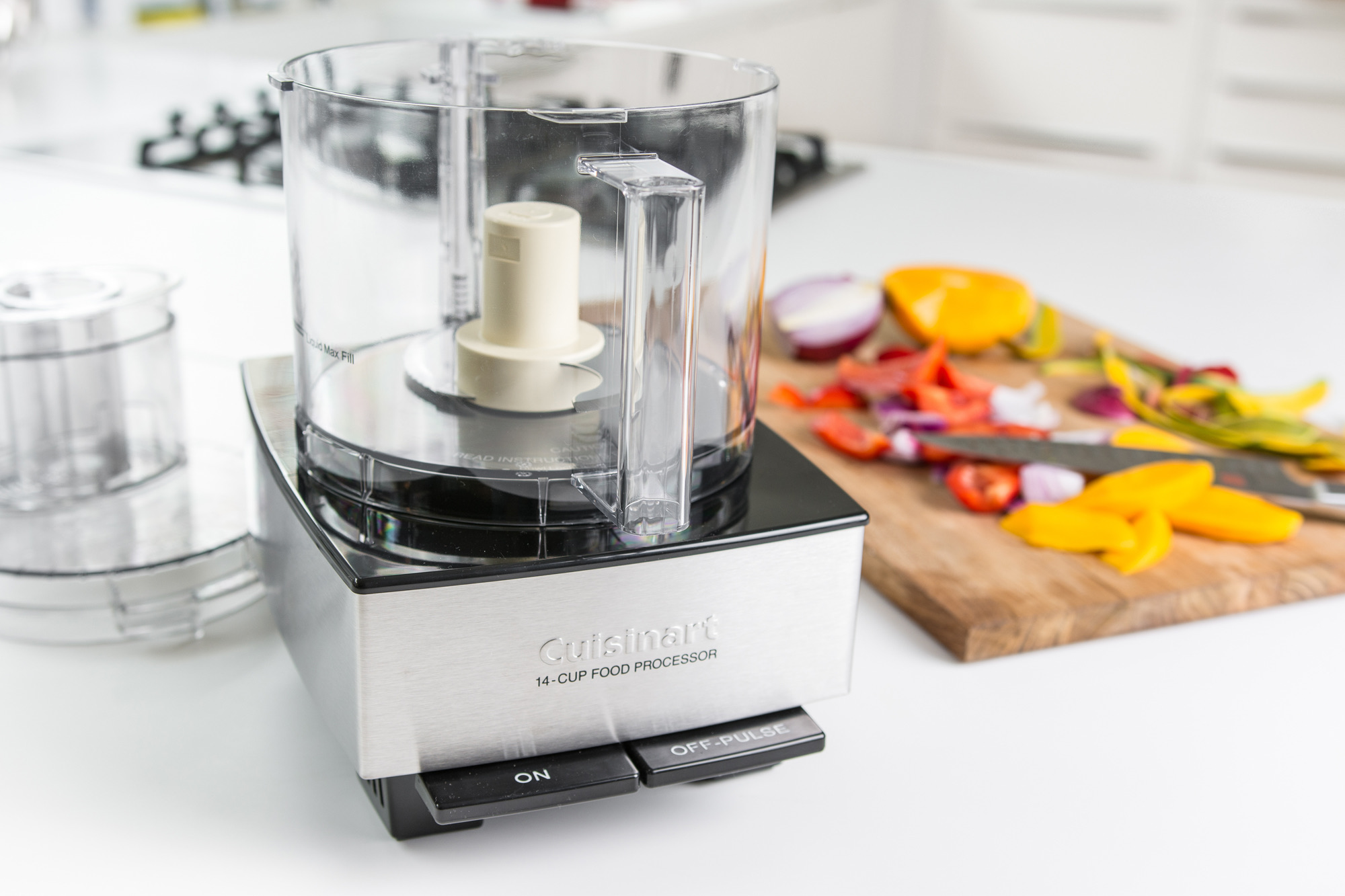
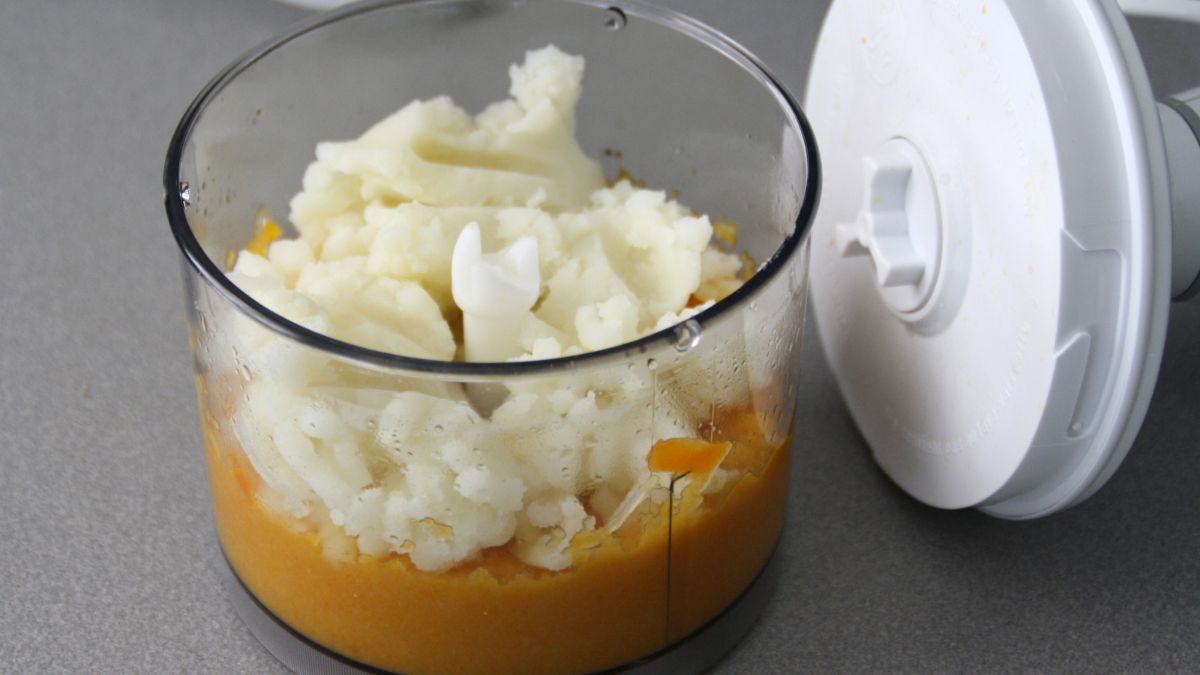
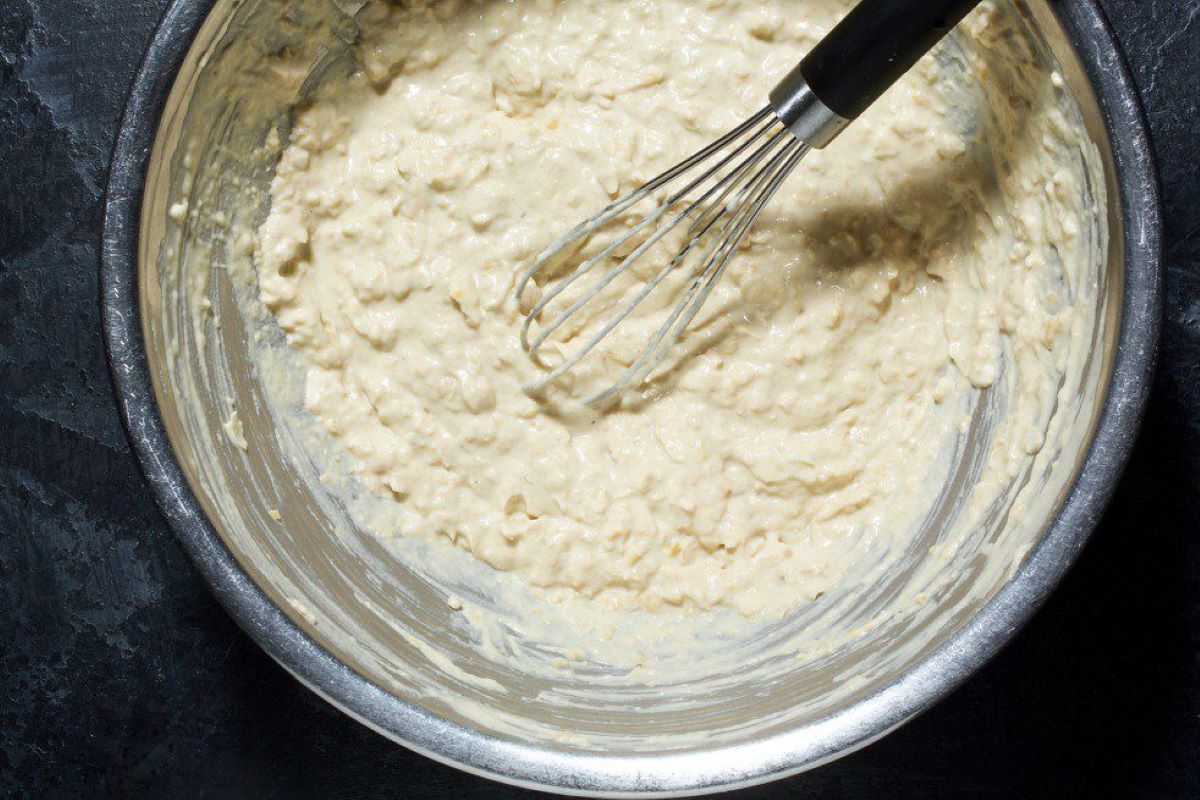
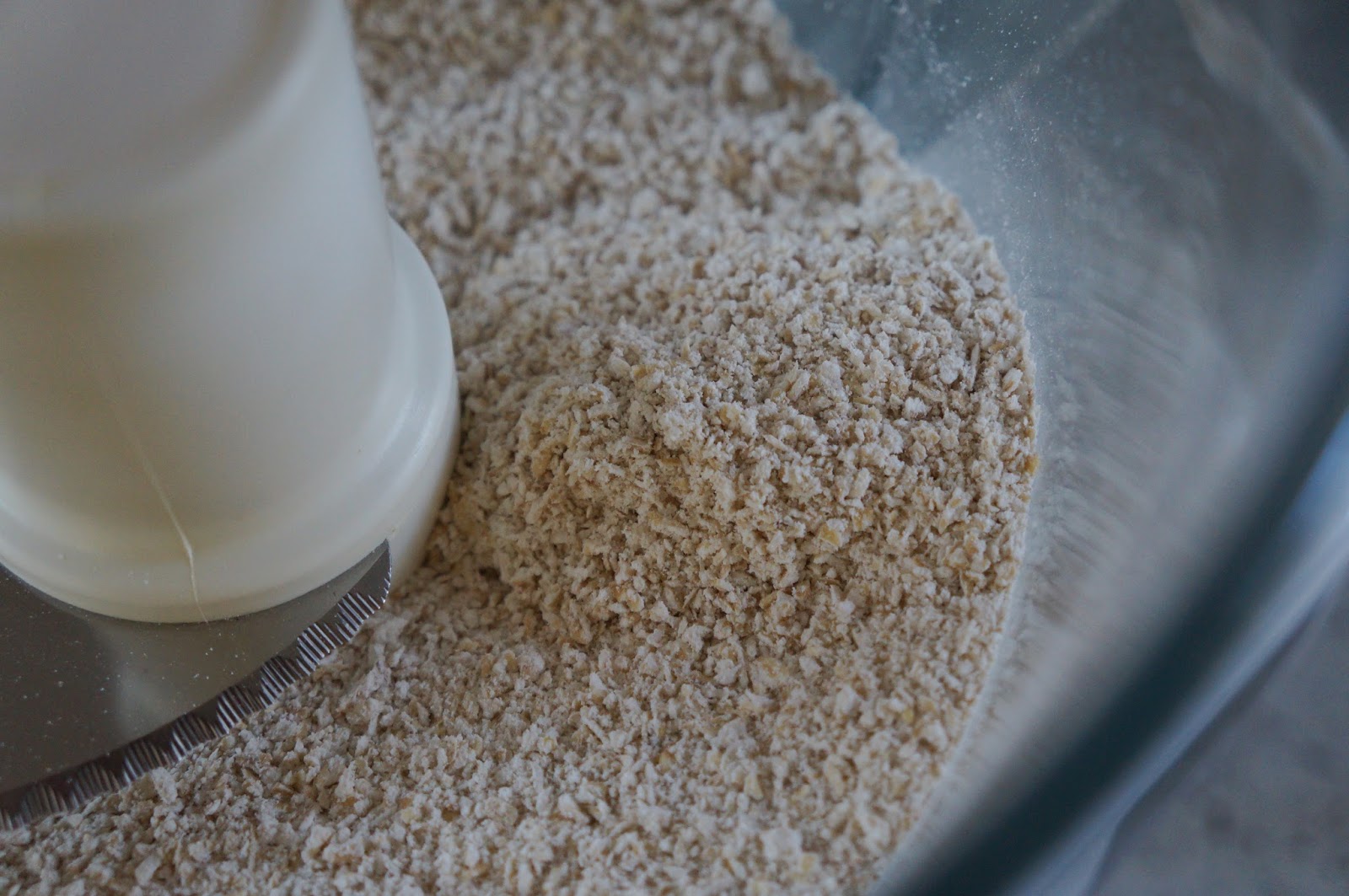
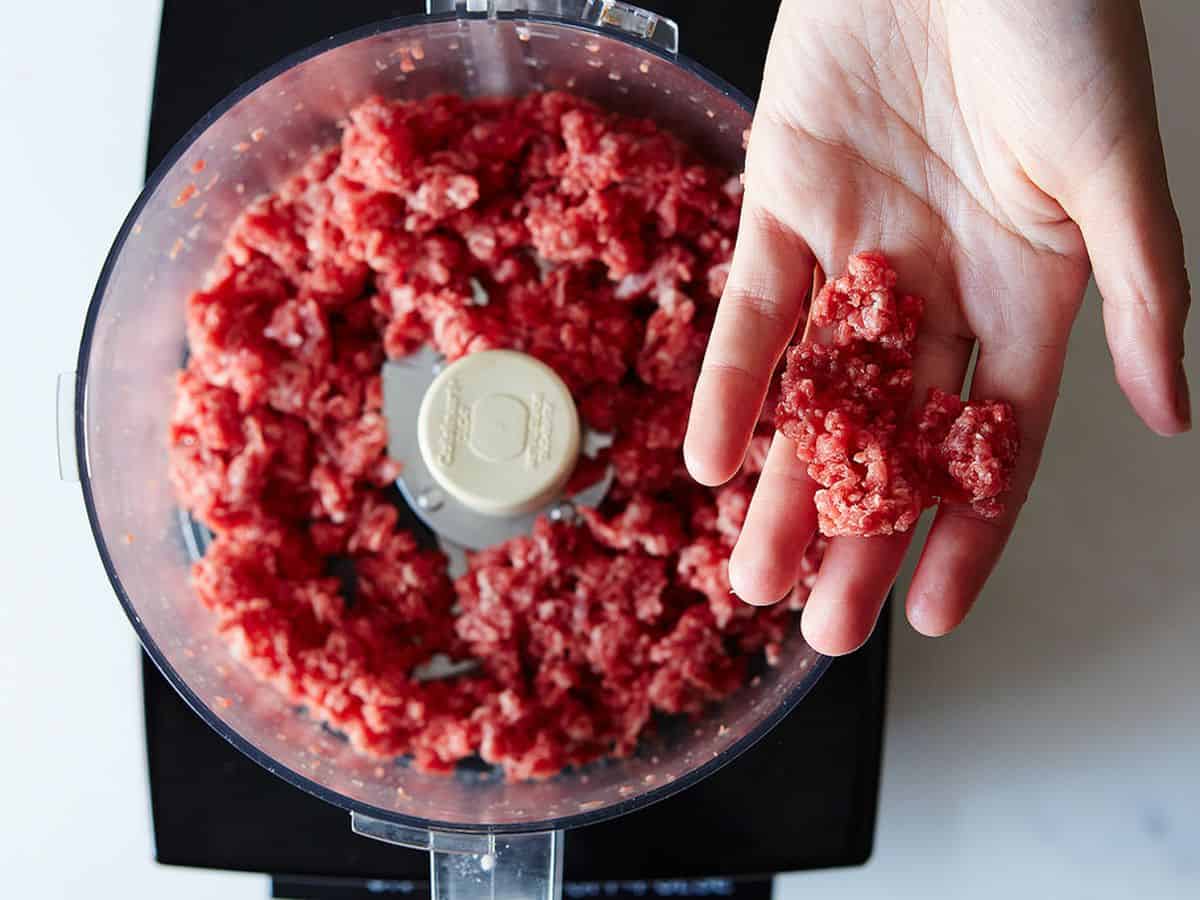
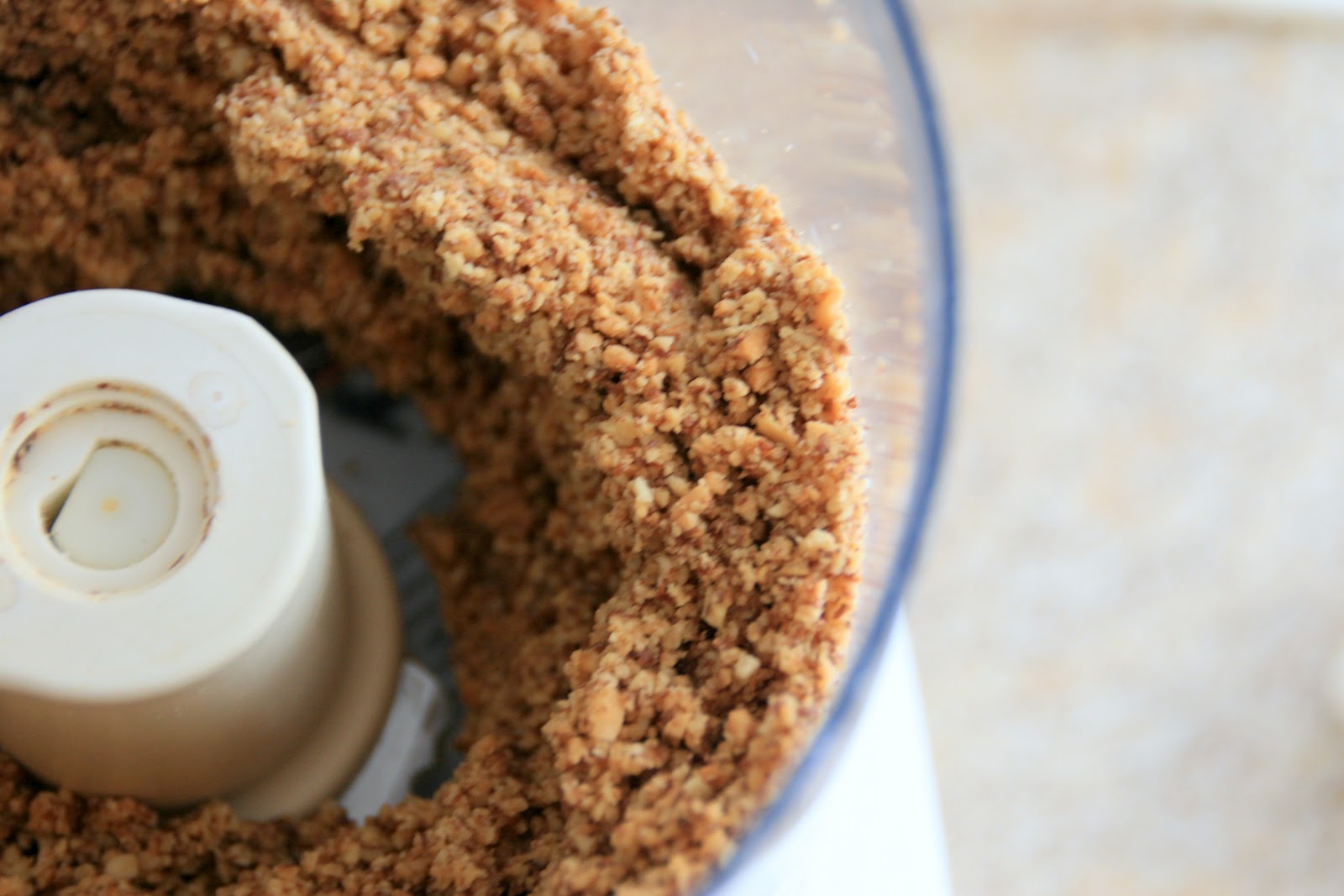
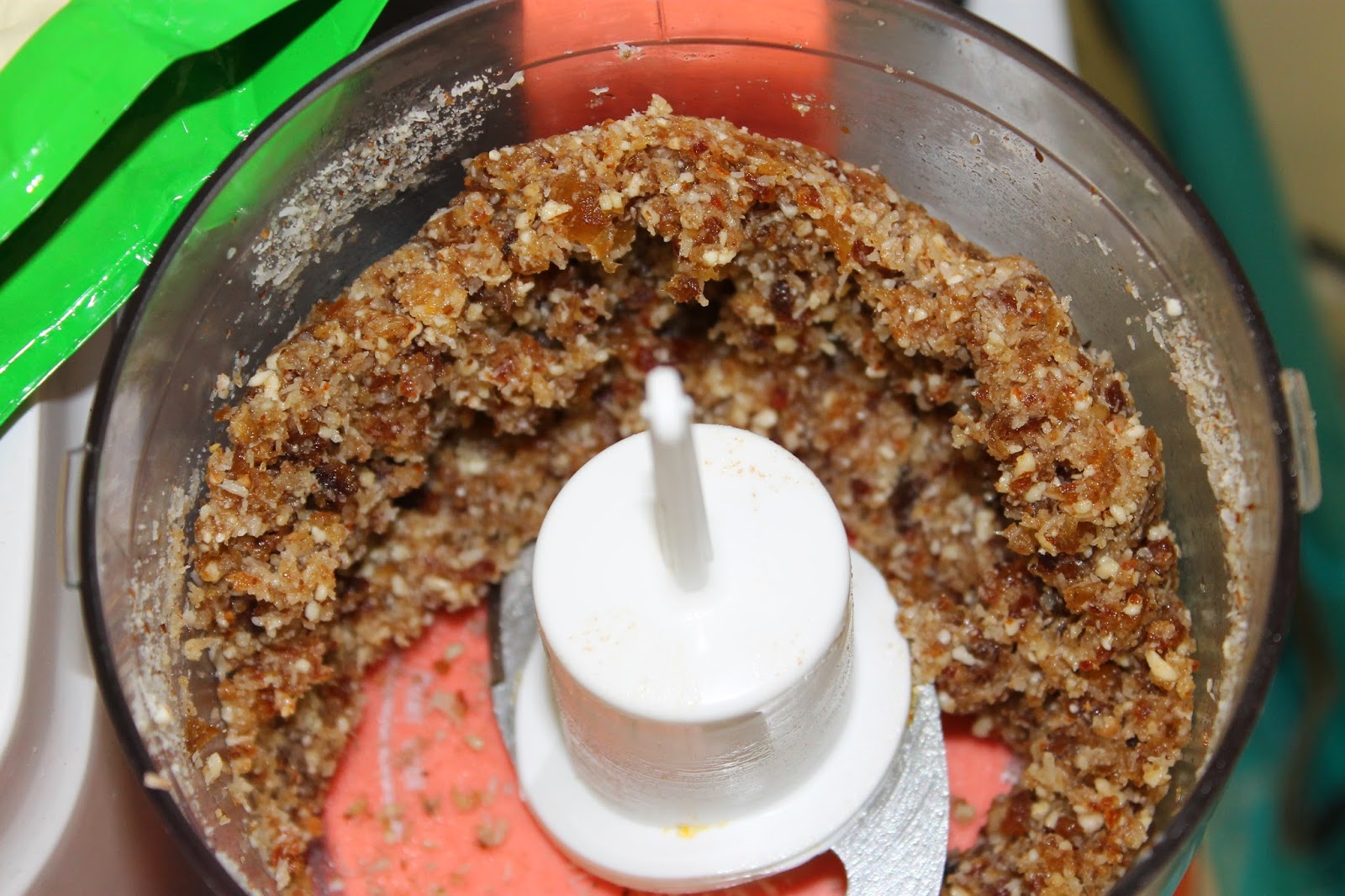
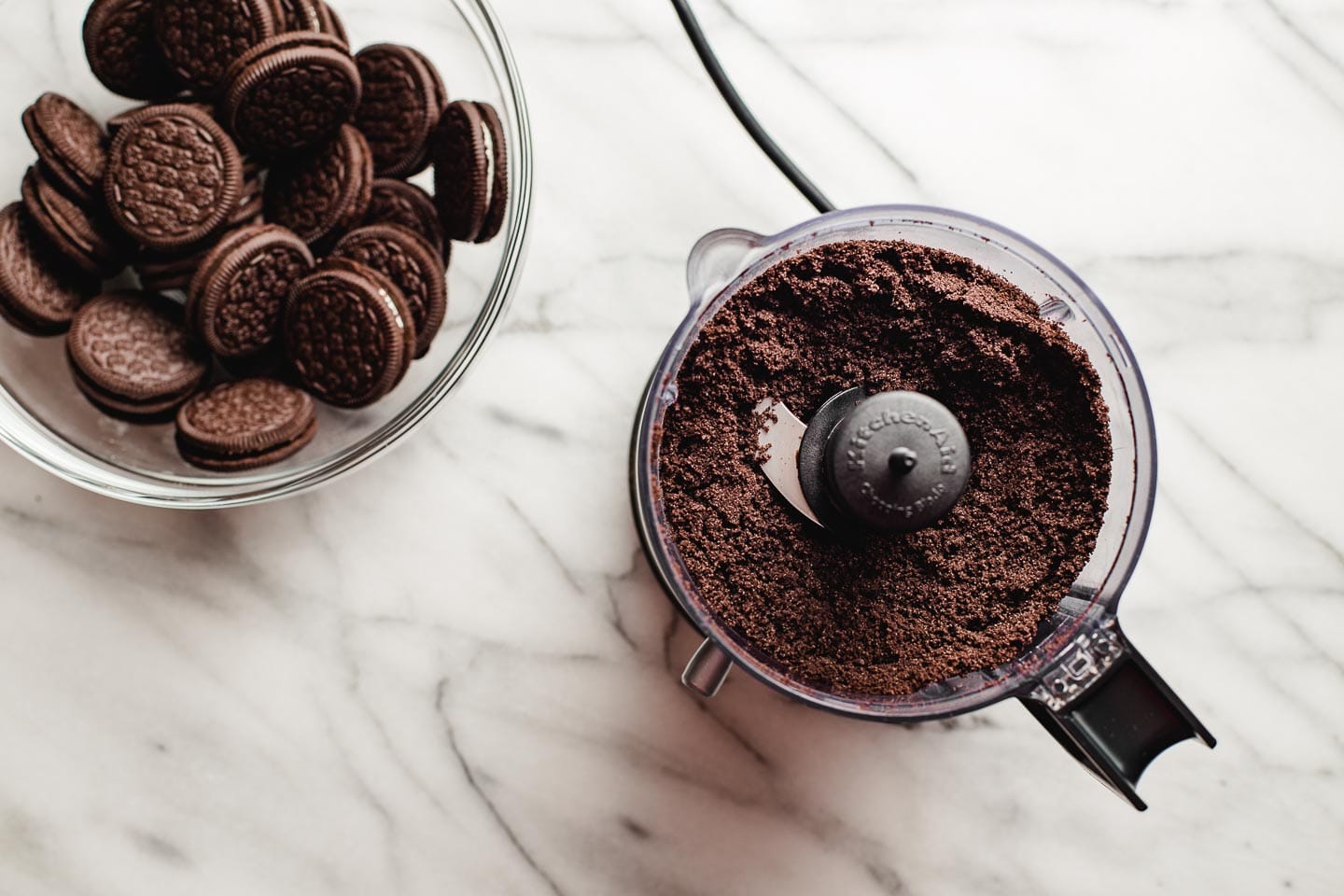
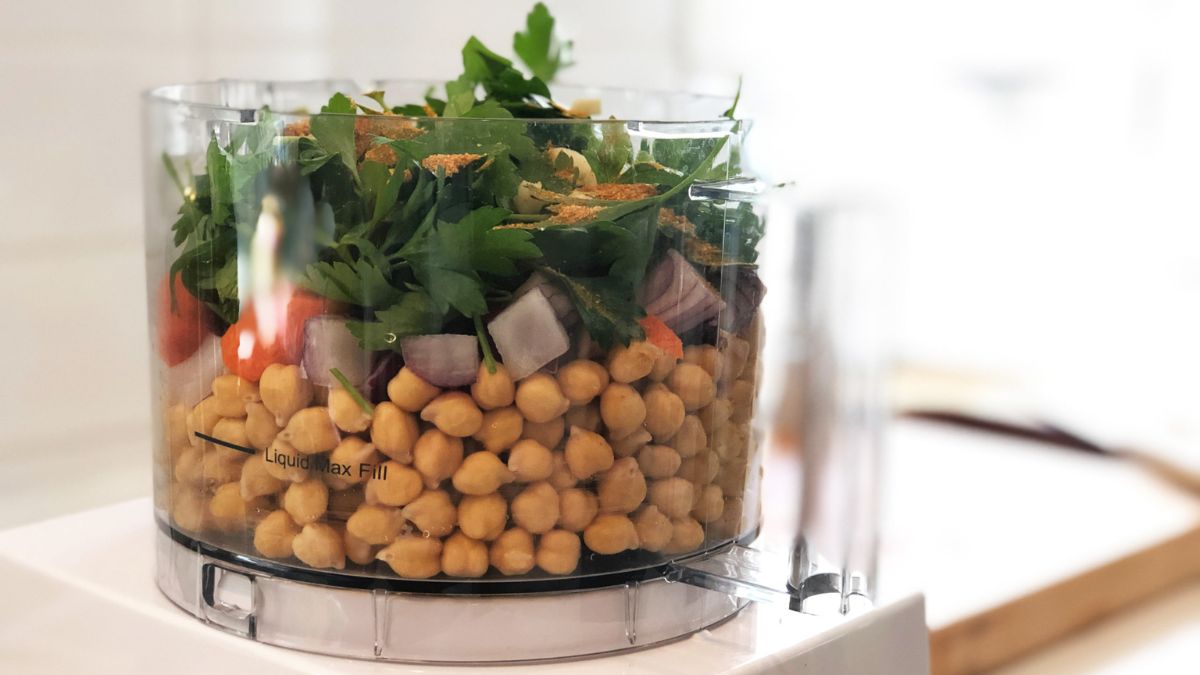
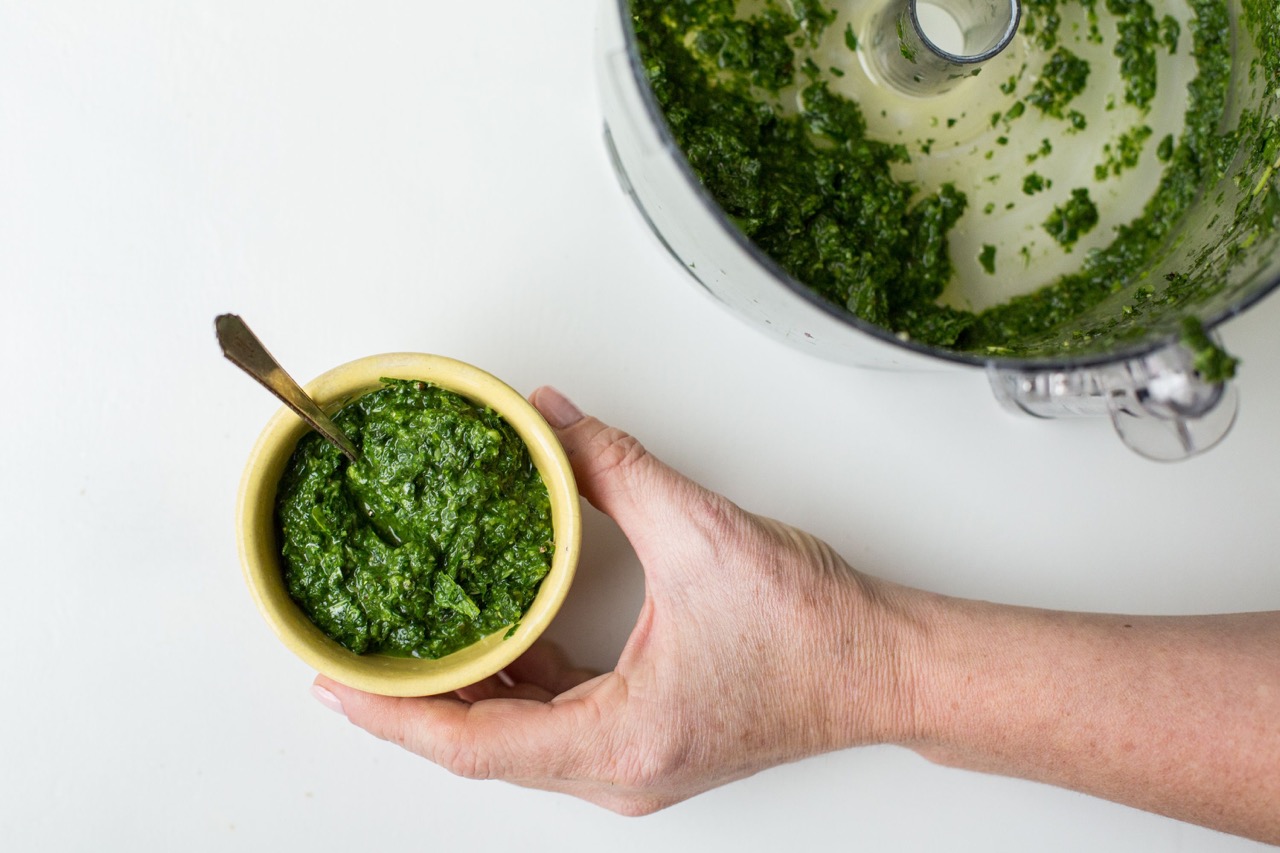
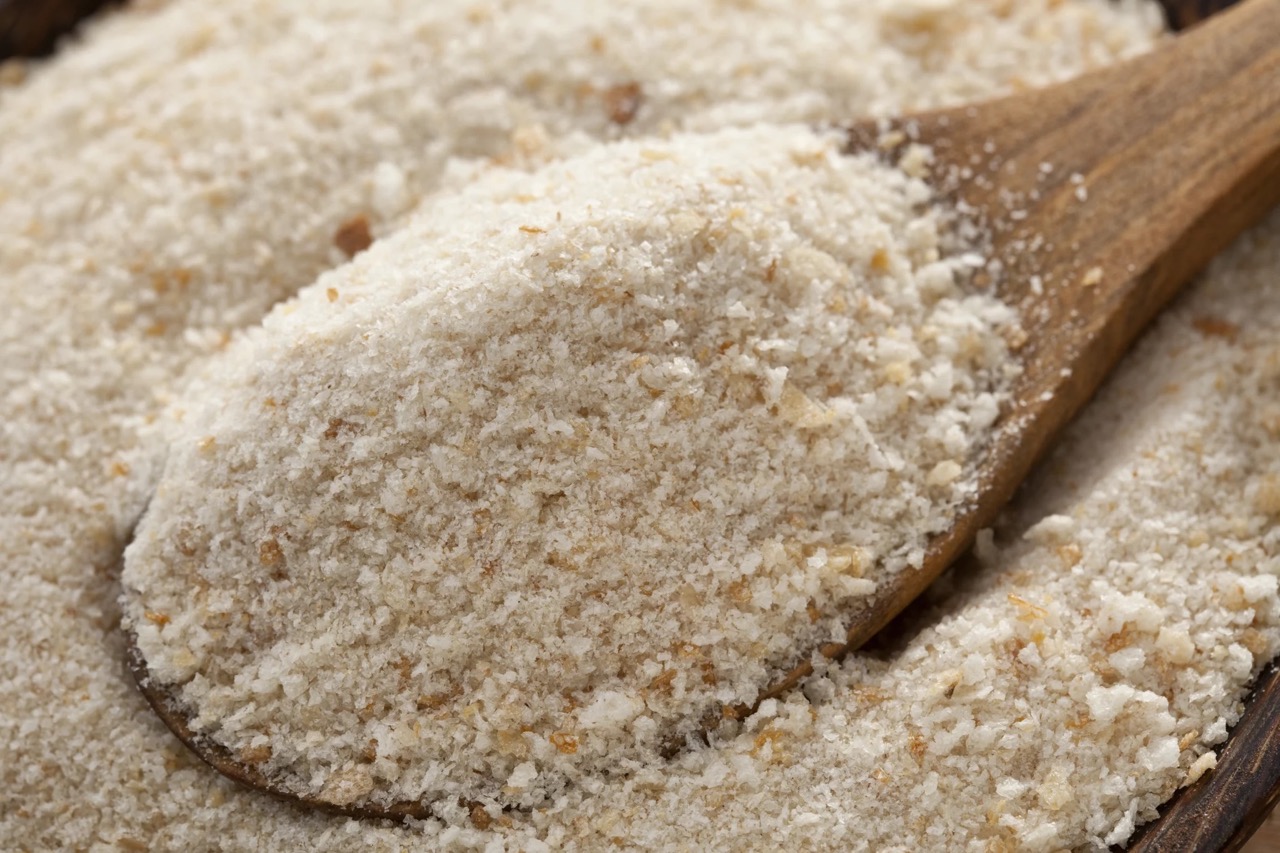
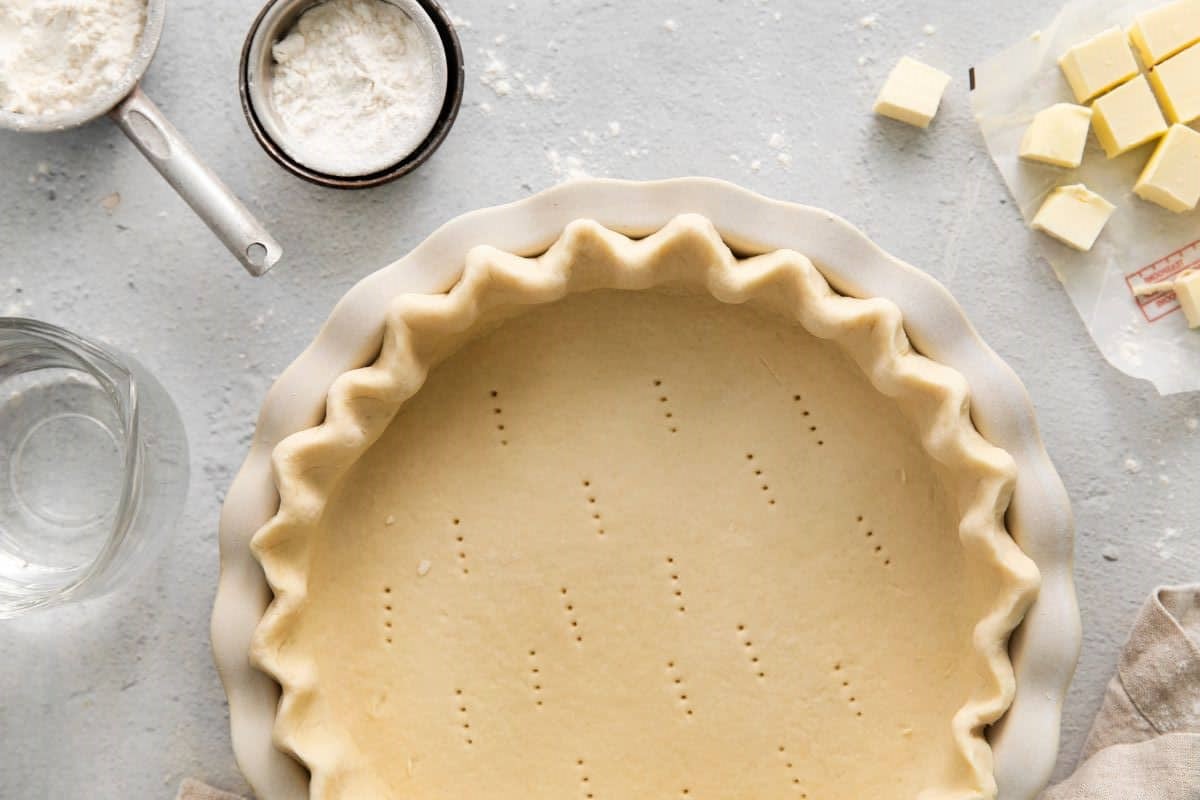
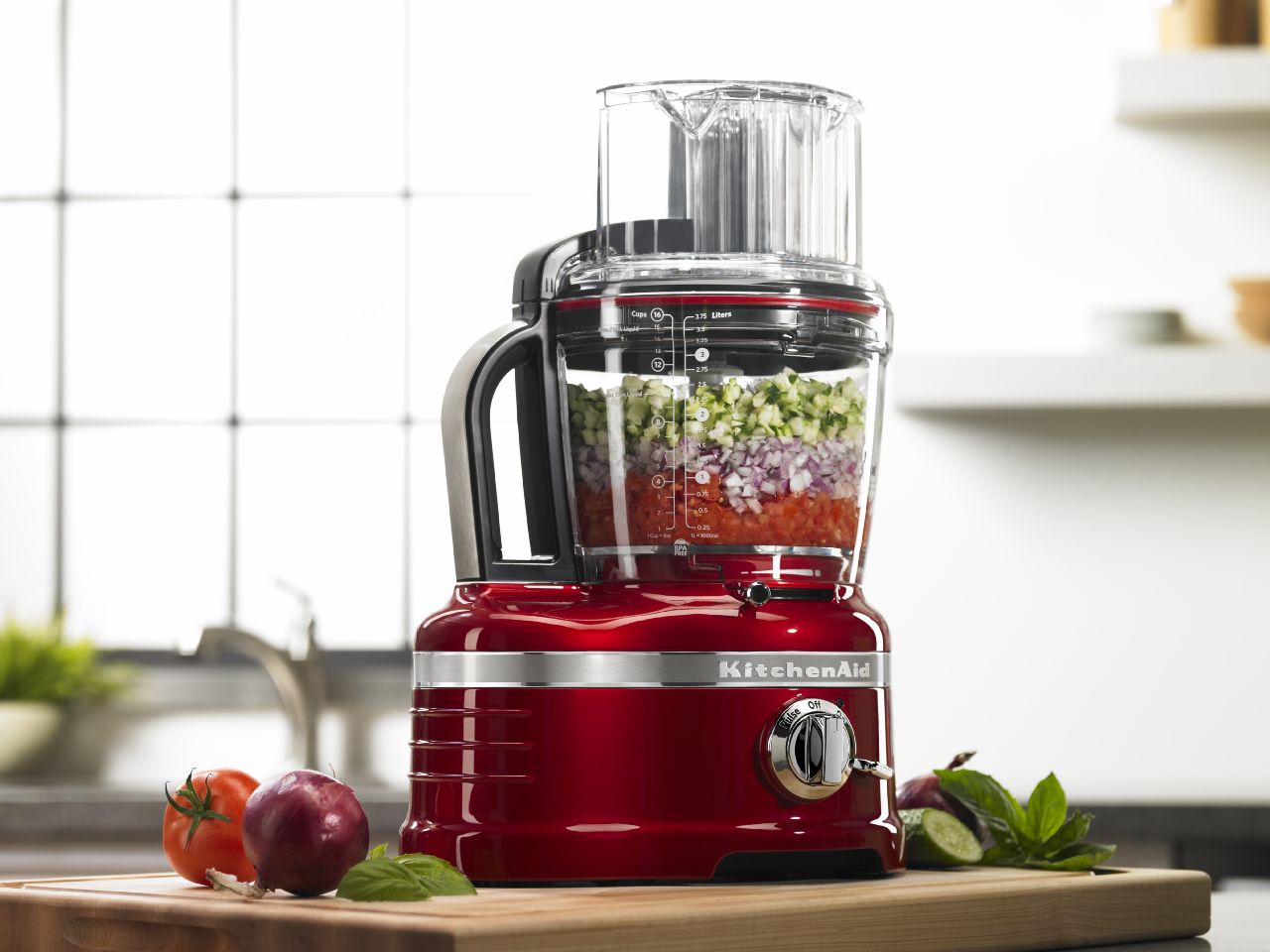
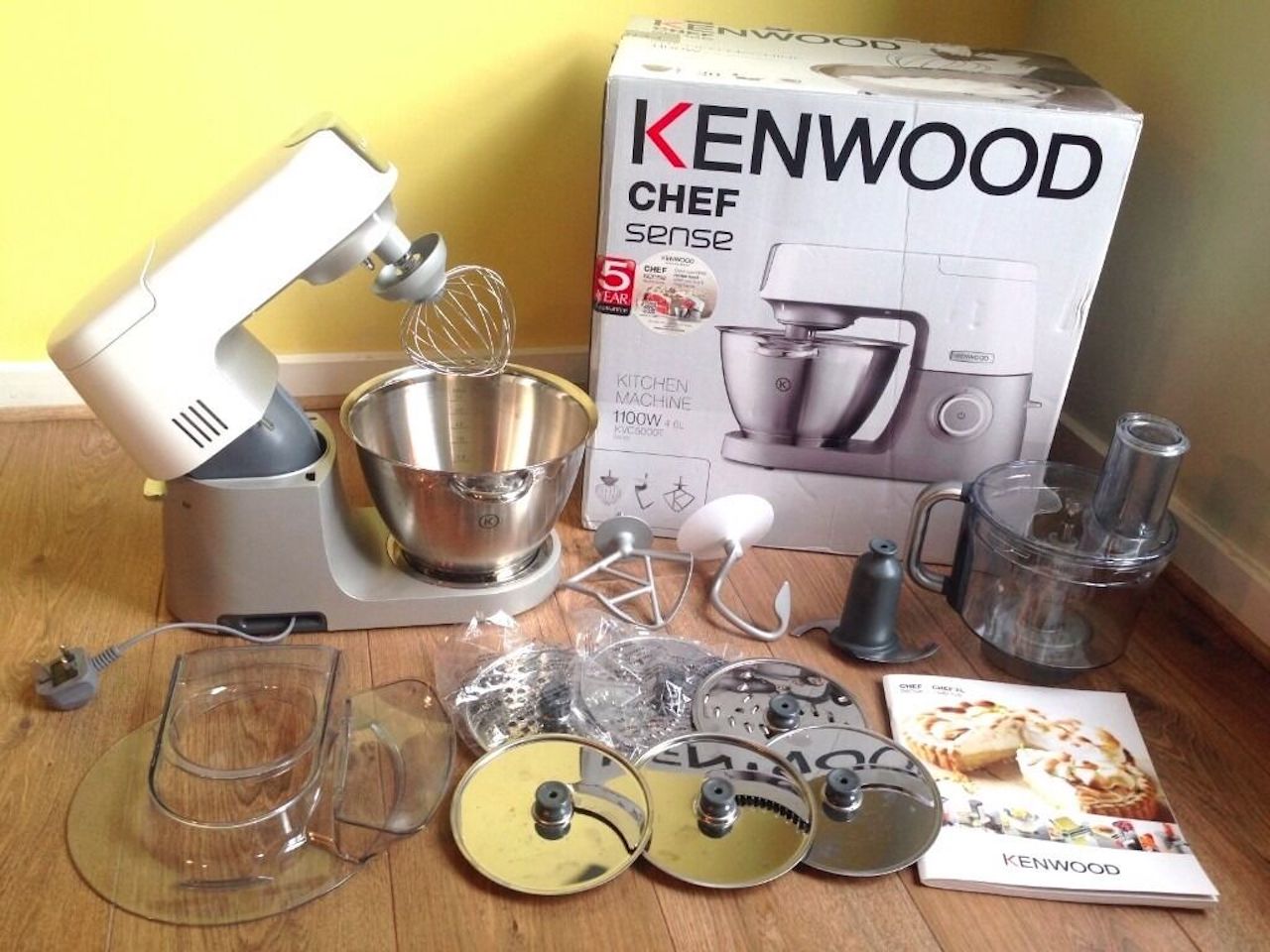

0 thoughts on “How Do You Rice Cauliflower Without A Food Processor”